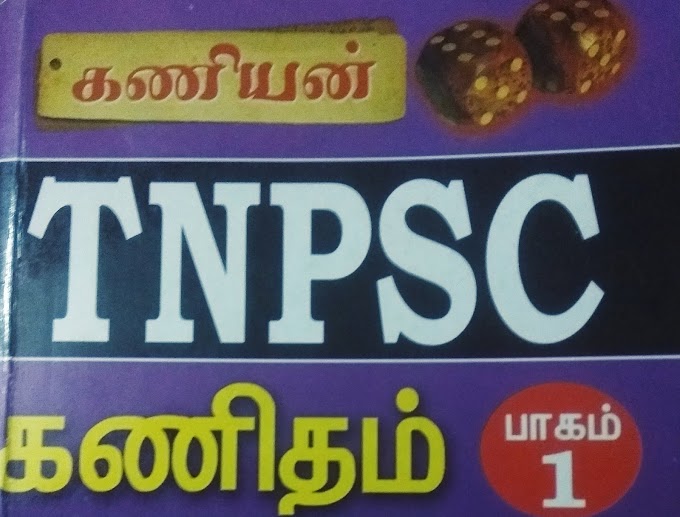INS Arihant
INS Arihant, India's first nuclear ballistic missile submarine, has completed its first deterrence patrol. This means the submarine is fully operational and, when deployed for extended patrols, can target regional adversaries with nuclear-tipped submarine-launched ballistic missiles.
Background
Join Telegram Group
- The submarine was sanctioned using secret funds in the late 1970s by then Prime Minister Indira Gandhi after India conducted its first nuclear test.
- The design and technology of INS Arihant was locked in 1984 when the formal go-ahead was given.
- Work on the submarine started in 1998. It took the Ship Building Centre (SBC) almost 11 years to construct the country’s first indigenous nuclear-powered submarine.
- INS Arihant was launched on July 26, 2009 to mark 10 years since the end of the Kargil War. • In August 2013, the submarine’s atomic reactor was activated.
- In August 2016, Prime Minister Modi inducted the submarine into the Navy.
Key Highlights
- INS Arihant is a part of Indian Navy's secretive Advanced Technology Vessel (ATV) Project, operated under the supervision of the Prime Minister's Office and closely monitored by agencies such as the Department of Atomic Energy and the Submarine Design Group of the Directorate of Naval Design.
- It is armed with four K-4 submarine launched ballistic missile with a range of 3,500 km. It can also be armed with 12 K-15 missiles with a range of 750 km
How INS Arihant Is Different From Other Submarines
- Conventional SSK submarines use a diesel-electric engine as their power source, and have to surface daily to get oxygen for fuel combustion.
- However, Strategic Strike Nuclear Submarines (SSBNs) like INS Arihant are bigger in size and are powered by a nuclear reactor and as a result, they can function submerged for months without having to surface.
- This feature allows them to travel further and with greater stealth. SSBNs are supposed to be the best guarantor of a second-strike capability in a nuclear exchange.
- INS Arihant is also different from the other nuclear-powered attack submarines as they can carry ballistic missiles with nuclear warheads.
Submarines In Possession of Indian Navy
- The Navy currently has 14 SSKs — nine Sindhughosh-class (Russian Kilo class), four Shishumar-class (German Type 209) and one Kalvari-class (Scorpene class) submarines.
- Besides these, the navy also has one nuclear-powered attack submarines (SSN), INS Chakra, a Russian Akula-class submarine taken on lease in 2012 for 12 years.
- INS Arihant will be the first SSBN-type submarine in the Navy. It has also been reported that its sister vessel, the INS Aridhaman, is nearing completion.
Significance for India
- India’s aim has been to develop a “credible nuclear deterrent”, with capabilities to deliver nuclear weapons from multiple locations on land, air and sea, to all strategic areas and centres, in its two nuclear-armed neighbours —China and Pakistan.
- With the induction of INS Arihant, India is ready with its nuclear triad - the capability of firing nuclear weapons from land, air and sea.
- While land-based missile sites can be attacked and destroyed, a submarine-based deterrent is virtually impregnable against a missile attack.
- India has now become part of an elite club of countries - Russia, the US, China, France and the UK that possess nuclear ballistic missile submarines - the only non-Permanent member of UNSC having a sea-based nuclear deterrent.
India’s Nuclear Doctrine:
- India had made its Nuclear Doctrine in 2003.
- The basic principle of India's nuclear doctrine is "No First Use". According to this policy, nuclear weapons will only be used in retaliation against a nuclear attack on Indian Territory or on Indian forces anywhere.
- India needs to build and maintain a Credible Minimum Deterrent. This includes:
- Sufficient and survivable nuclear forces to inflict unacceptable damage to the enemy.
- Forces must be operationally prepared at all times.
- Effective Intelligence and Early Warning Capabilities.
- Communication of Deterrence Capability to the enemy
- The right to take nuclear action against the enemy will only be taken by the elected representatives of the people, i.e. the political leadership of the country, although the cooperation of the Nuclear Command Authority will be necessary.
- The bureaucracy of India is not authorised to take decision of the nuclear attack on the enemy.
- Nuclear weapons will not be used against non-nuclear state.
- India will continue to support the global initiative to create a nuclear free world and will push forward the idea of discrimination free nuclear disarmament.
Nuclear Command Structure (NCA):
- It comprises of an Executive Council and a Political Council.
- The Chairman of the Political Council is the Prime Minister. It is the sole body which can authorise the use of nuclear weapons.
- The Executive Council is headed by the National Security Advisor (NSA). The Executive Council provides the inputs for decision taken by the Nuclear Command Authority (NCA) and executes the instructions given to it by the Political Council.
Ancient India History
Indian Polity
Current Affairs
Modern India History
Other Related Articles
Group 1 Exam
Group 2 Main Exam
Tamilnadu government Schemes







